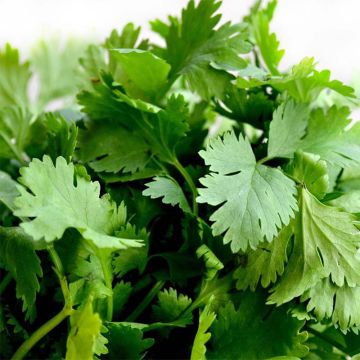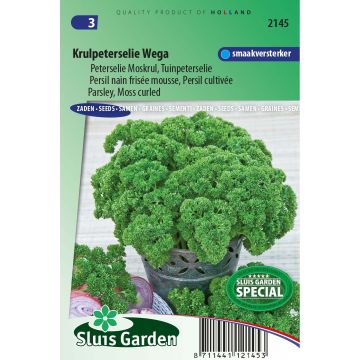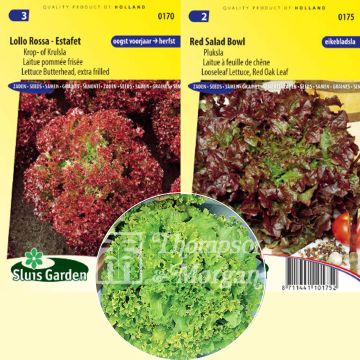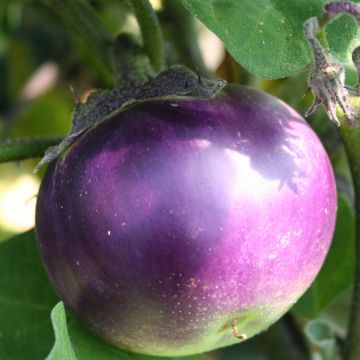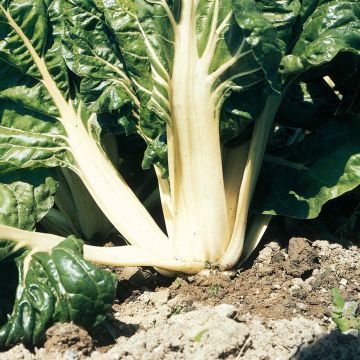

Armoracia rusticana


Armoracia rusticana


Armoracia rusticana
Armoracia rusticana
Armoracia rusticana
Horseradish, Pepper Root, Pepper Turnip, Red Cole
Quickly received, meets my expectations, satisfied with my purchase, thank you.
Christelle P., 28/06/2019
Special offer!
Receive a €20 voucher for any order over €90 (excluding delivery costs, credit notes, and plastic-free options)!
1- Add your favorite plants to your cart.
2- Once you have reached €90, confirm your order (you can even choose the delivery date!).
3- As soon as your order is shipped, you will receive an email containing your voucher code, valid for 3 months (90 days).
Your voucher is unique and can only be used once, for any order with a minimum value of €20, excluding delivery costs.
Can be combined with other current offers, non-divisible and non-refundable.
Why not try an alternative variety in stock?
View all →This plant carries a 6 months recovery warranty
More information
We guarantee the quality of our plants for a full growing cycle, and will replace at our expense any plant that fails to recover under normal climatic and planting conditions.

Description
Horseradish, Armoracia rusticana in Latin, is a very old perennial condiment plant, cultivated for its fleshy and white root. It is used raw, grated, as a flavour enhancer. Its spicy taste is very strong: it used to replace pepper, and its flavour is similar to mustard. Sow from February to April. Harvest two years later.
Originally from Eastern Europe and Siberia and belonging to the Brassicaceae family (like cabbages), Horseradish is a bushy perennial plant that can reach 1m in height and 45 cm (18in) in width. It produces large deciduous, simple leaves, 40 to 50 cm (16 to 20in) long, and offers, from June to August, and flowering in the form of clusters of white flowers.
Wild Horseradish is mainly cultivated for its fleshy root (which resembles parsnip), which is generally recommended to be harvested in months with an 'R' in their name, which is almost all year round! Its leaves are also edible and can be prepared in salads, their taste is similar to that of cabbage. In cooking, horseradish is used, after being carefully washed, peeled, and grated, to add a hint of spiciness to a large number of dishes such as sauerkraut, fish, or even cold cuts. It is a vegetable rich in vitamin C that was once consumed by sailors to prevent scurvy. It also contains antioxidant and antiseptic substances.
Wild Horseradish is a sturdy, hardy vegetable plant, to -15°C (5°F), and easy to grow, which thrives in damp, rich, and deep soil. It is recommended, as with radishes, to carefully monitor its watering to prevent its roots from becoming too spicy and/or woody. Once well established, Wild Horseradish is not easily eliminated but it is not invasive.
Harvest: all year round, except from May to August, by digging up its roots.
Storage: it is consumed fresh but can be kept for several weeks in a cool place, or, like sauerkraut, through lacto-fermentation.
Gardener's tip: Horseradish can completely disappear during winter, so remember to mark the location of its stump, ideally after generously mulching it, to avoid damaging it during winter work.
Report an error about the product description
Armoracia rusticana in pictures


Harvest
Plant habit
Foliage
Botanical data
Armoracia
rusticana
Brassicaceae
Horseradish, Pepper Root, Pepper Turnip, Red Cole
Cultivar or hybrid
Perennial
Planting and care
Sowing:
The Horseradish is sown from February to March, in deeply loosened soil, in rows spaced 40 to 50 cm (16 to 20in) apart, at a depth of 2 to 3 cm (1in).
Cultivation:
It thrives in damp, rich and deep soil. It remarkably withstands cold and drought, but in hot weather, a few waterings will prevent its root from becoming too hard and too pungent.
Seedlings
Care
Intended location
-
, onOrder confirmed
Reply from on Promesse de fleurs
Similar products
Haven't found what you were looking for?
Hardiness is the lowest winter temperature a plant can endure without suffering serious damage or even dying. However, hardiness is affected by location (a sheltered area, such as a patio), protection (winter cover) and soil type (hardiness is improved by well-drained soil).

Photo Sharing Terms & Conditions
In order to encourage gardeners to interact and share their experiences, Promesse de fleurs offers various media enabling content to be uploaded onto its Site - in particular via the ‘Photo sharing’ module.
The User agrees to refrain from:
- Posting any content that is illegal, prejudicial, insulting, racist, inciteful to hatred, revisionist, contrary to public decency, that infringes on privacy or on the privacy rights of third parties, in particular the publicity rights of persons and goods, intellectual property rights, or the right to privacy.
- Submitting content on behalf of a third party;
- Impersonate the identity of a third party and/or publish any personal information about a third party;
In general, the User undertakes to refrain from any unethical behaviour.
All Content (in particular text, comments, files, images, photos, videos, creative works, etc.), which may be subject to property or intellectual property rights, image or other private rights, shall remain the property of the User, subject to the limited rights granted by the terms of the licence granted by Promesse de fleurs as stated below. Users are at liberty to publish or not to publish such Content on the Site, notably via the ‘Photo Sharing’ facility, and accept that this Content shall be made public and freely accessible, notably on the Internet.
Users further acknowledge, undertake to have ,and guarantee that they hold all necessary rights and permissions to publish such material on the Site, in particular with regard to the legislation in force pertaining to any privacy, property, intellectual property, image, or contractual rights, or rights of any other nature. By publishing such Content on the Site, Users acknowledge accepting full liability as publishers of the Content within the meaning of the law, and grant Promesse de fleurs, free of charge, an inclusive, worldwide licence for the said Content for the entire duration of its publication, including all reproduction, representation, up/downloading, displaying, performing, transmission, and storage rights.
Users also grant permission for their name to be linked to the Content and accept that this link may not always be made available.
By engaging in posting material, Users consent to their Content becoming automatically accessible on the Internet, in particular on other sites and/or blogs and/or web pages of the Promesse de fleurs site, including in particular social pages and the Promesse de fleurs catalogue.
Users may secure the removal of entrusted content free of charge by issuing a simple request via our contact form.
The flowering period indicated on our website applies to countries and regions located in USDA zone 8 (France, the United Kingdom, Ireland, the Netherlands, etc.)
It will vary according to where you live:
- In zones 9 to 10 (Italy, Spain, Greece, etc.), flowering will occur about 2 to 4 weeks earlier.
- In zones 6 to 7 (Germany, Poland, Slovenia, and lower mountainous regions), flowering will be delayed by 2 to 3 weeks.
- In zone 5 (Central Europe, Scandinavia), blooming will be delayed by 3 to 5 weeks.
In temperate climates, pruning of spring-flowering shrubs (forsythia, spireas, etc.) should be done just after flowering.
Pruning of summer-flowering shrubs (Indian Lilac, Perovskia, etc.) can be done in winter or spring.
In cold regions as well as with frost-sensitive plants, avoid pruning too early when severe frosts may still occur.
The planting period indicated on our website applies to countries and regions located in USDA zone 8 (France, United Kingdom, Ireland, Netherlands).
It will vary according to where you live:
- In Mediterranean zones (Marseille, Madrid, Milan, etc.), autumn and winter are the best planting periods.
- In continental zones (Strasbourg, Munich, Vienna, etc.), delay planting by 2 to 3 weeks in spring and bring it forward by 2 to 4 weeks in autumn.
- In mountainous regions (the Alps, Pyrenees, Carpathians, etc.), it is best to plant in late spring (May-June) or late summer (August-September).
The harvesting period indicated on our website applies to countries and regions in USDA zone 8 (France, England, Ireland, the Netherlands).
In colder areas (Scandinavia, Poland, Austria...) fruit and vegetable harvests are likely to be delayed by 3-4 weeks.
In warmer areas (Italy, Spain, Greece, etc.), harvesting will probably take place earlier, depending on weather conditions.
The sowing periods indicated on our website apply to countries and regions within USDA Zone 8 (France, UK, Ireland, Netherlands).
In colder areas (Scandinavia, Poland, Austria...), delay any outdoor sowing by 3-4 weeks, or sow under glass.
In warmer climes (Italy, Spain, Greece, etc.), bring outdoor sowing forward by a few weeks.

































